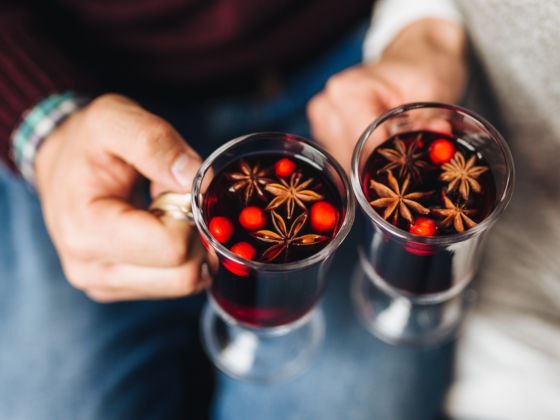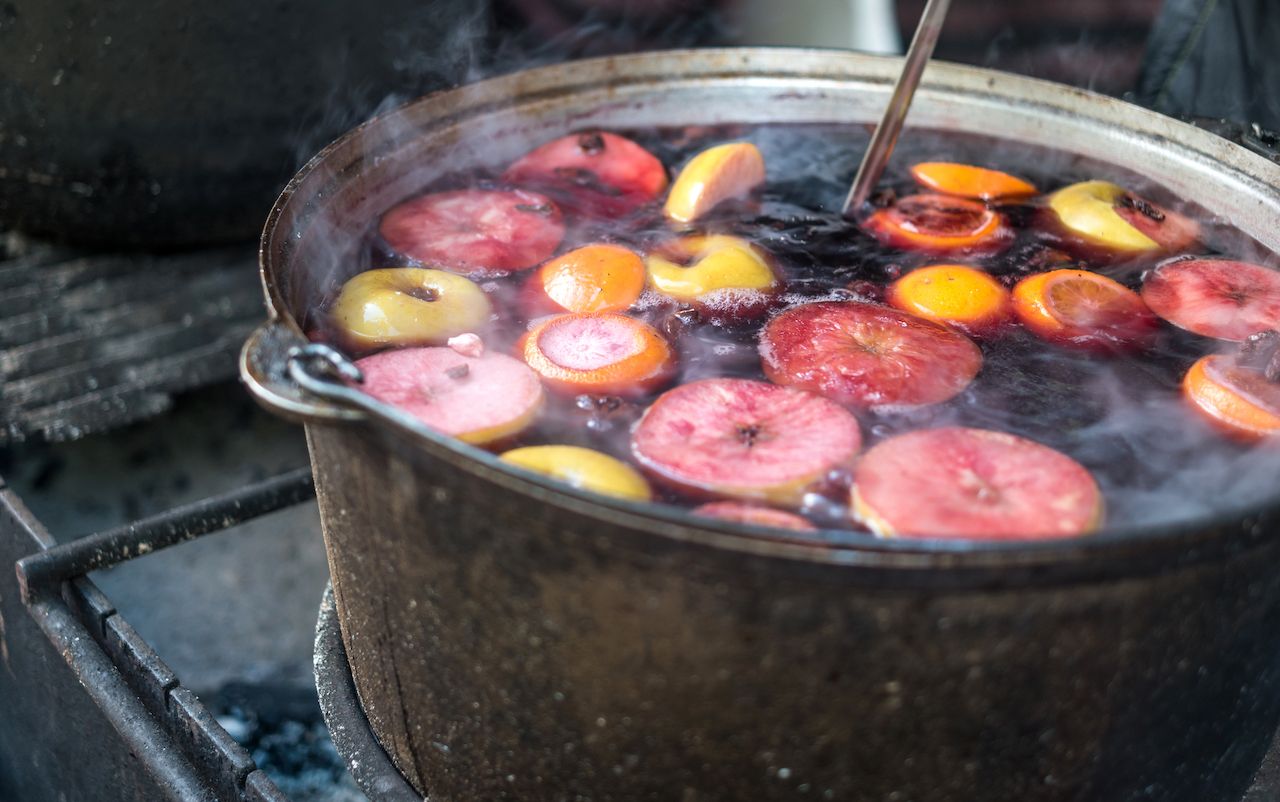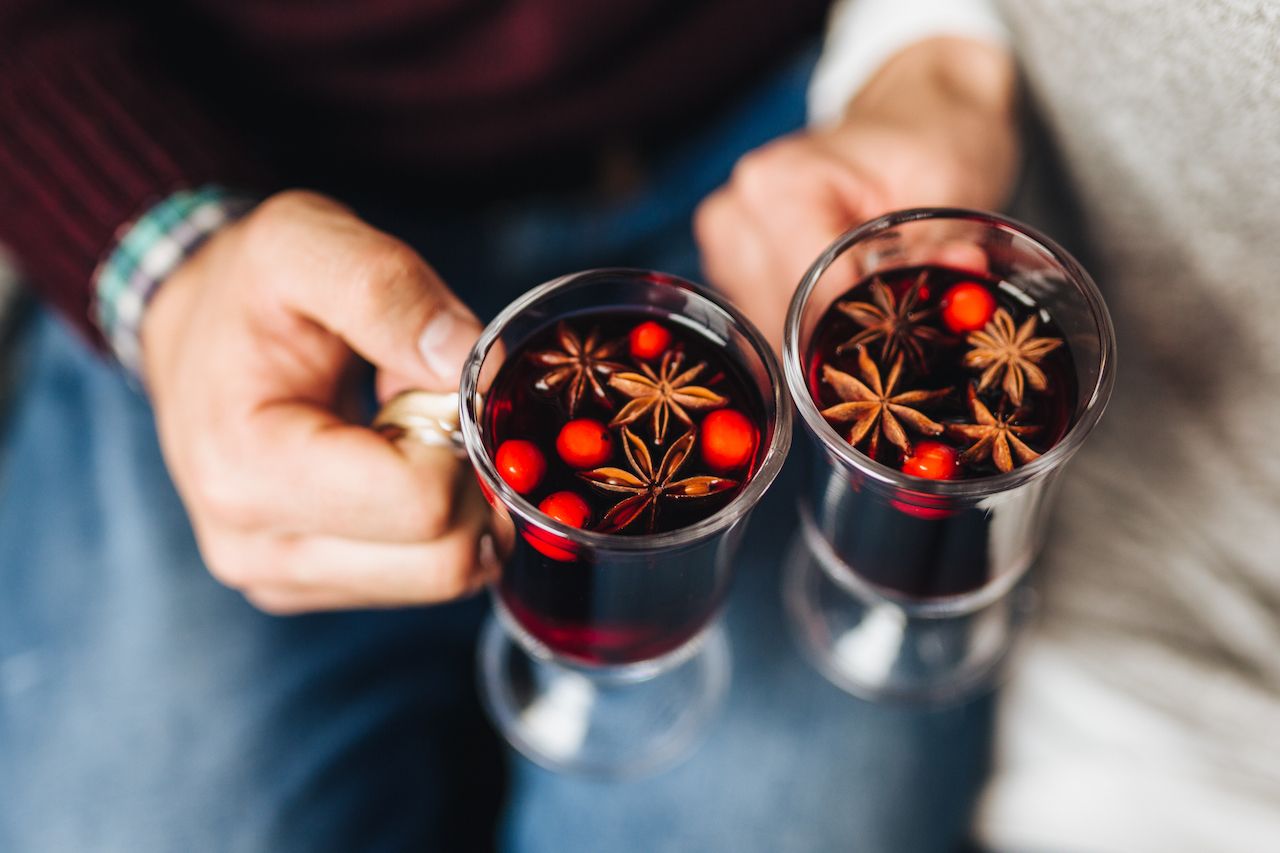If you live in or are traveling to a wine-producing country in the winter, there’s a good chance you’ll come across a mug or three of warm mulled wine. The heated, spiced, and often fortified beverage is a winter tradition in nearly every wine-producing country.
It’s impossible to know who invented mulled wine (it’s one of those ideas that happened to lots of different people around the world at the same time), but it is possible to trace mulled wine’s global popularity back to the ancient Romans. The oldest recorded mulled wine recipe from that time is in Apicius, the oldest surviving cookbook of the Roman Empire.



